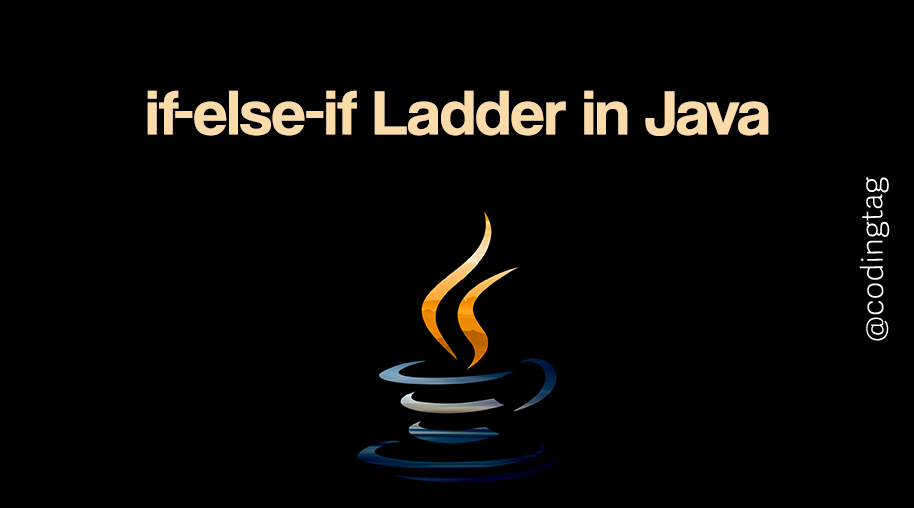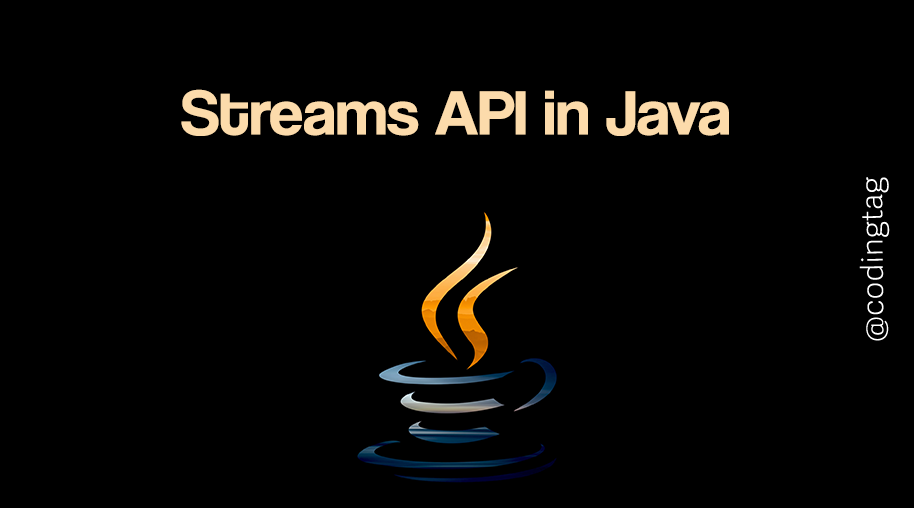Java File I/O
0 650
📂 Understanding Java File I/O
Java File I/O (Input/Output) is essential for reading from and writing to files in your applications. Whether it’s saving user data or loading configurations, Java offers a flexible API to work efficiently with files and directories.
🗃️ The File Class: Working with Files and Directories
The File class from java.io package represents files and directories. It helps check file existence, create new files, delete files, and list directory contents.
import java.io.File;
public class FileExample {
public static void main(String[] args) {
File file = new File("data.txt");
if (file.exists()) {
System.out.println("File found: " + file.getName());
} else {
System.out.println("File not found.");
}
}
}
📖 Reading Files with FileReader
To read character data from files, Java provides FileReader. It's simple to use for reading text files character by character.
import java.io.FileReader;
import java.io.IOException;
public class ReadFileExample {
public static void main(String[] args) {
try (FileReader reader = new FileReader("data.txt")) {
int ch;
while ((ch = reader.read()) != -1) {
System.out.print((char) ch);
}
} catch (IOException e) {
e.printStackTrace();
}
}
}
✍️ Writing Files Using FileWriter
The FileWriter class lets you write character data to files. You can overwrite existing files or append to them by using different constructors.
import java.io.FileWriter;
import java.io.IOException;
public class WriteFileExample {
public static void main(String[] args) {
try (FileWriter writer = new FileWriter("data.txt")) {
writer.write("Welcome to Java File I/O!");
} catch (IOException e) {
e.printStackTrace();
}
}
}
💨 Buffered Streams for Efficiency
BufferedReader and BufferedWriter improve performance by reducing the number of disk access operations through internal buffering.
They are ideal for reading or writing large files line by line.
import java.io.*;
public class BufferedFileExample {
public static void main(String[] args) {
try (BufferedWriter bw = new BufferedWriter(new FileWriter("data.txt"))) {
bw.write("BufferedWriter is faster!");
} catch (IOException e) {
e.printStackTrace();
}
try (BufferedReader br = new BufferedReader(new FileReader("data.txt"))) {
String line;
while ((line = br.readLine()) != null) {
System.out.println(line);
}
} catch (IOException e) {
e.printStackTrace();
}
}
}
⚙️ Handling Exceptions in File I/O
File operations can fail due to missing files, permission issues, or hardware problems. Use try-catch blocks and try-with-resources to safely handle exceptions and close resources automatically.
🔀 Byte Streams vs Character Streams
Java supports two main stream types:
- Byte Streams: For raw binary data (e.g.,
FileInputStream,FileOutputStream). - Character Streams: For text data (e.g.,
FileReader,FileWriter).
📝 Practical Applications of Java File I/O
Java File I/O is widely used for reading configuration files, logging data, saving user inputs, exporting reports, and more.
Mastering it boosts your ability to build robust applications that handle data efficiently.
✅ Summary
Java File I/O is a powerful tool for file manipulation, offering classes for reading, writing, buffering, and managing files and directories.
With proper exception handling and choosing the right streams, you can build effective file-handling functionality in your projects.
If you’re passionate about building a successful blogging website, check out this helpful guide at Coding Tag – How to Start a Successful Blog. It offers practical steps and expert tips to kickstart your blogging journey!
For dedicated UPSC exam preparation, we highly recommend visiting www.iasmania.com. It offers well-structured resources, current affairs, and subject-wise notes tailored specifically for aspirants. Start your journey today!

Share:







Comments
Waiting for your comments